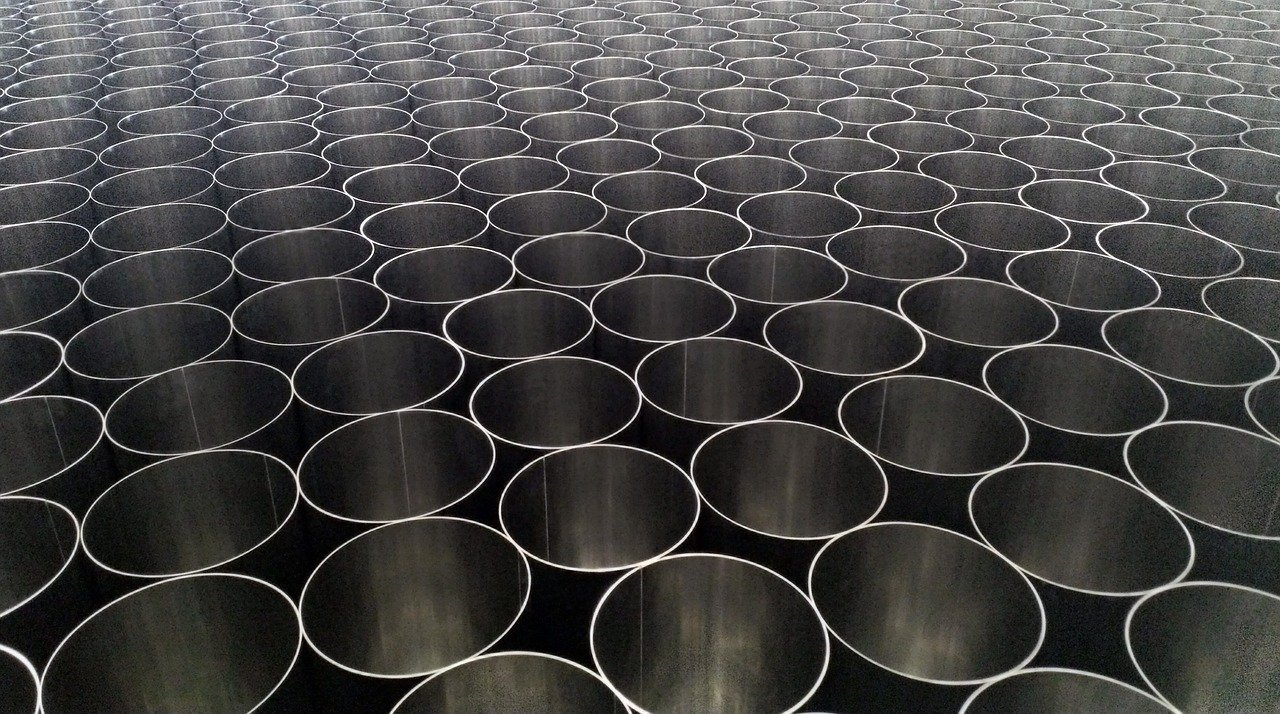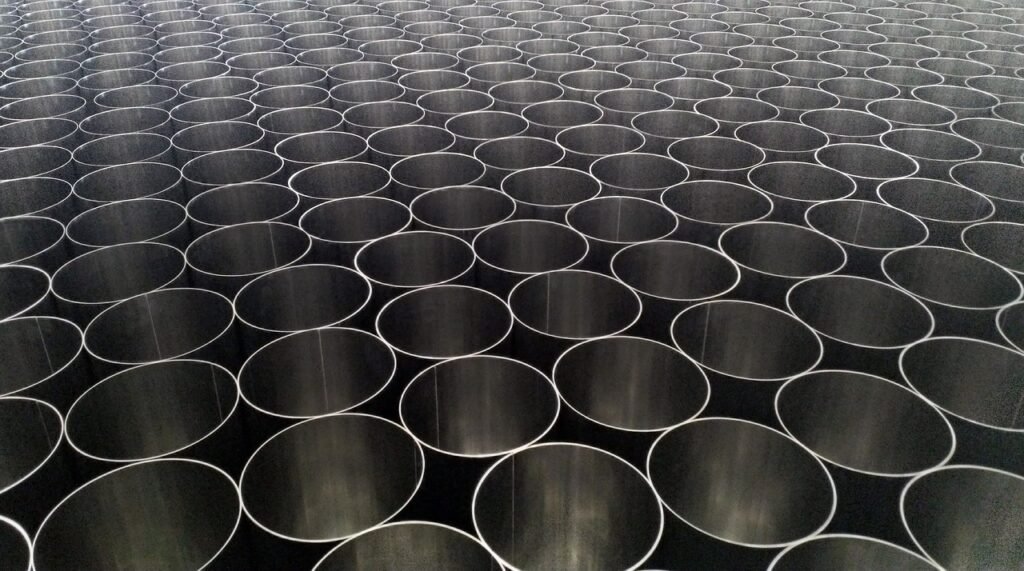The design and installation of a sewerage system is an important process that requires care and careful planning. Properly selected sewer pipes not only ensure efficient and long-lasting sewage disposal, but also minimise the risk of potential failures. Here are some guidelines and tips on what to consider when selecting sewer pipes according to your project needs and environmental conditions.

1. Pipe material
Pipe material is a key factor that influences the durability and efficiency of a sewer system. Several main materials are available on the market:
-
PVC (polyvinyl chloride): This is one of the most popular choices. PVC pipes are lightweight, resistant to corrosion and chemical influences, and have a long service life. They are suitable for both internal and external drains, but cannot always withstand high temperatures.
-
HDPE (High Density Polyethylene): These pipes are resistant to most chemicals and temperature fluctuations. They are often used in open spaces and areas where sewers need to be protected from mechanical damage.
-
Granite ceramics: A traditional material that is still used in certain situations because of its resistance to high loads. However, ceramic pipes are often heavier and more difficult to install.
-
Copper and steel pipes: These pipes are mainly used in specific industrial or commercial sewerage systems because of their high durability and resistance to high temperatures.
2. Pipe diameter
The diameter of sewer pipes depends on the size of the system and the risk of blockages. To determine the correct diameter, the following should be considered:
-
Number of users: The more users that will use the sewer, the larger the diameter of the pipes that must be chosen.
-
Intensity of use: If the sewerage system is used more intensively (e.g. in commercial premises or apartment buildings), larger diameter pipes should be chosen.
-
Wastewater flow: To ensure a smooth flow of wastewater, it is important to calculate the expected wastewater flow rate and to choose the appropriate pipe diameter to avoid blockages.
3. Suitability for environmental conditions
The environmental conditions and the location where the sewerage system will be installed have a major influence on the choice of pipes:
-
Temperature resistance: Some areas have extreme temperatures. For example, in colder areas, it is necessary to choose pipes that are frost resistant and can withstand low temperatures.
-
Soil conditions: If the sewerage system is to be installed in areas where the soil is wet or aggressive, choose pipes that are resistant to corrosion and chemical attack.
-
Protection against mechanical damage: If the sewer pipes are to be installed in areas where there is a high probability of physical damage (e.g. on a construction site), it is a good idea to choose robust pipes that can withstand heavy loads.
4. Ease of installation and maintenance
When choosing pipes, it is important to consider the complexity of installation and maintenance requirements:
-
Quick installationA: PVC and HDPE pipes are usually easy to install as they often have fittings that save time and reduce the likelihood of installation errors.
-
Maintenance: Consideration should be given to the ease with which pipe inspections and maintenance can be carried out. Ceramic and steel pipes may require more technical knowledge and equipment for repair or maintenance.
5. Cost and durability
The choice of sewer pipes also depends on your budget. Sometimes cheaper pipes may not be as durable and resilient, so it is worth choosing good quality materials that will ensure a longer life and lower repair costs in the future.
6. Compliance with standards and certificates
Finally, before purchasing sewer pipes, it is important to make sure that they meet local standards and have the necessary certificates. This will ensure that the pipes meet the safety and quality requirements necessary for the long-term and efficient operation of the sewer system.
Choosing the right sewer pipes will ensure that your system runs smoothly and lasts a long time. Taking into account material, size, environmental conditions, ease of installation and budget, you will be able to make an informed decision that will meet the needs of your project and guarantee smooth sewage disposal for a long time.


